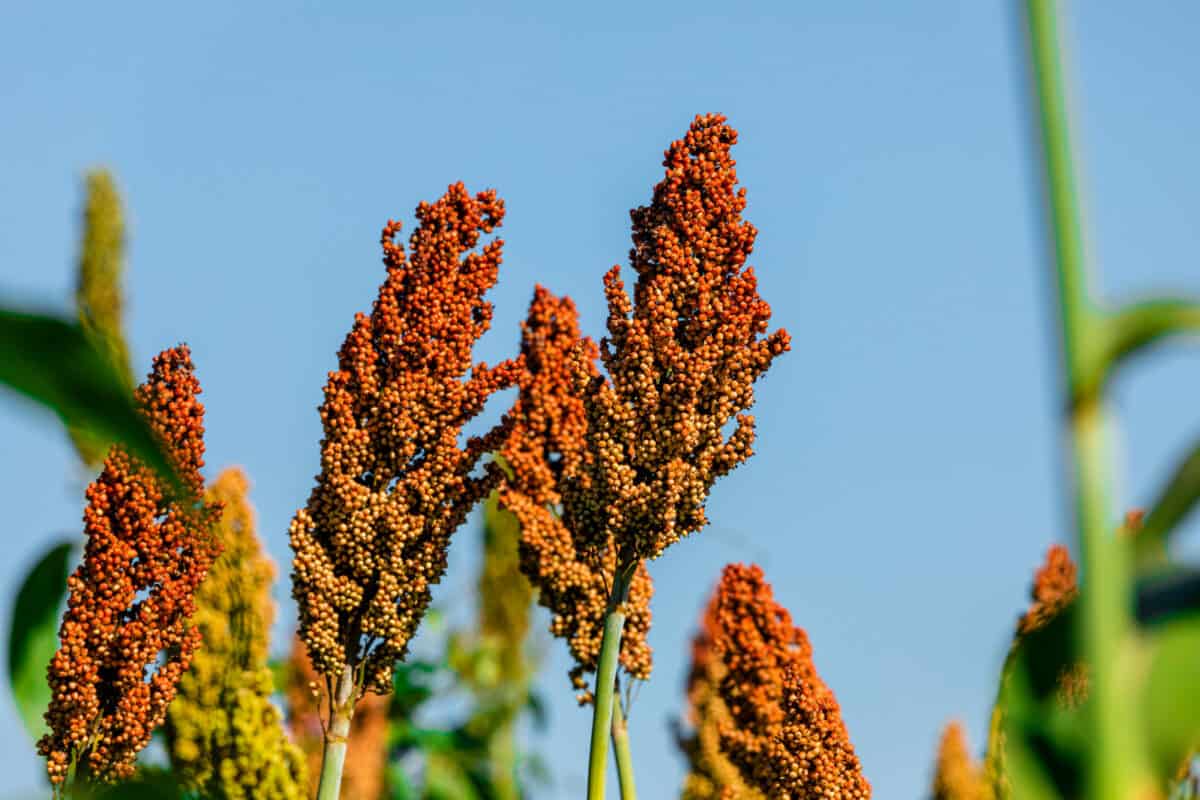When someone says “ancient grain” what do you think of? Probably quinoa, right? It’s certainly received the bulk of attention over the last few years. Barley gets a little bit of attention, as does buckwheat and farro. However, there’s one ancient grain that you maybe haven’t tried yet, and it’s not only good for you, it’s also good for the planet.

What is Sorghum?
According to National Sorghum Producers and the Sorghum Checkoff, an organization whose mission is to improve sorghum industry sustainability, sorghum was originally grown in northeastern Africa, as early as 8,000 B.C.E. Sorghum was grown in the United States around the country’s founding, and, now, the United States is the world’s largest sorghum producer.
Sorghum’s nutritional benefits are vast. The gluten-free ancient grain is rich with protein (with more than double what you’d find in quinoa), iron (almost double what you’d find in a 3-ounce steak), and as much vitamin B6 as what you’d get in 7 cups of raw spinach. It’s also a good source of antioxidants, an amino acid called tryptophan that can reduce anxiety, zinc, fiber, and more.
As mentioned, though, sorghum isn’t only good for you. It’s also good for the planet. Known as an incredibly sustainable, eco-friendly crop, sorghum is drought-tolerant, and the large majority of sorghum can be grown with rain alone — no need for irrigation! Growing sorghum requires 30% less water than growing other grains. Additionally, 75% of sorghum is grown with no tilling or minimal tilling for healthier soil.
How to Use Sorghum
Sorghum can be prepared in a variety of ways. It can, interestingly enough, be popped like popcorn. It can also be prepared any way you like to prepare rice or quinoa. Bake it, boil it, or throw it in a slow cooker. It can also be turned into flour, as well as syrup (and you can use that syrup to make homemade marshmallows!). The syrup is often compared to molasses, though sorghum syrup is somewhat sweeter than molasses.
The Sorghum Checkoff offers a range of sorghum recipes for every meal and flavor profile, whether you want to make some sorghum gluten-free cookies, sorghum-stuffed sweet potatoes, stir-fried sorghum, or even sorghum sliders.
Whatever your intended use, sorghum promises what Bob’s Red Mill calls a “mild, earthy flavor,” with a texture similar to wheat berries. (Bob’s Red Mill also notes that sorghum flour is one of the closest gluten-free flours to wheat flour.)
If you want to get creative with your sorghum, buy the whole grains and cook them on the stovetop. Cook the grains like pasta, in boiling salted water (no need for a specific sorghum-water ratio). Then, drain the grains once they’re tender and just slightly chewy. It’ll take about 45 minutes to an hour. Then, use the sorghum in any favorite recipe that might call for rice or quinoa.






